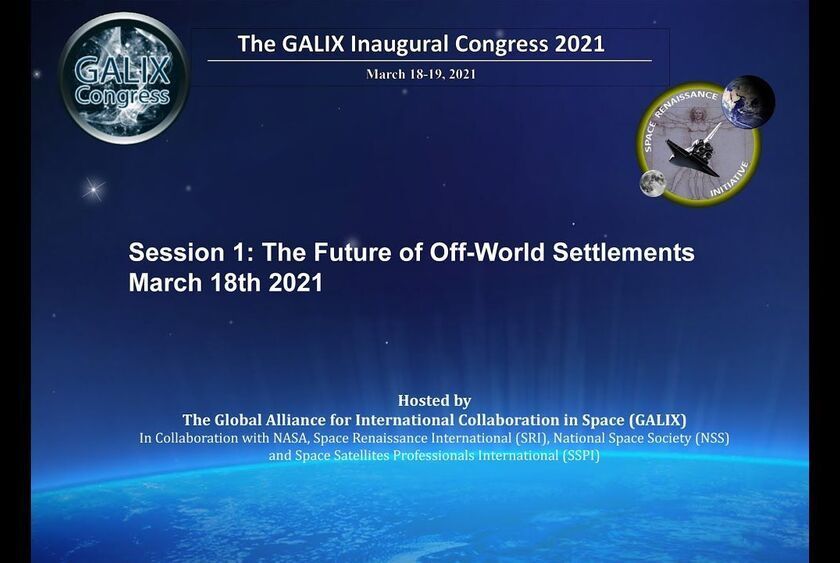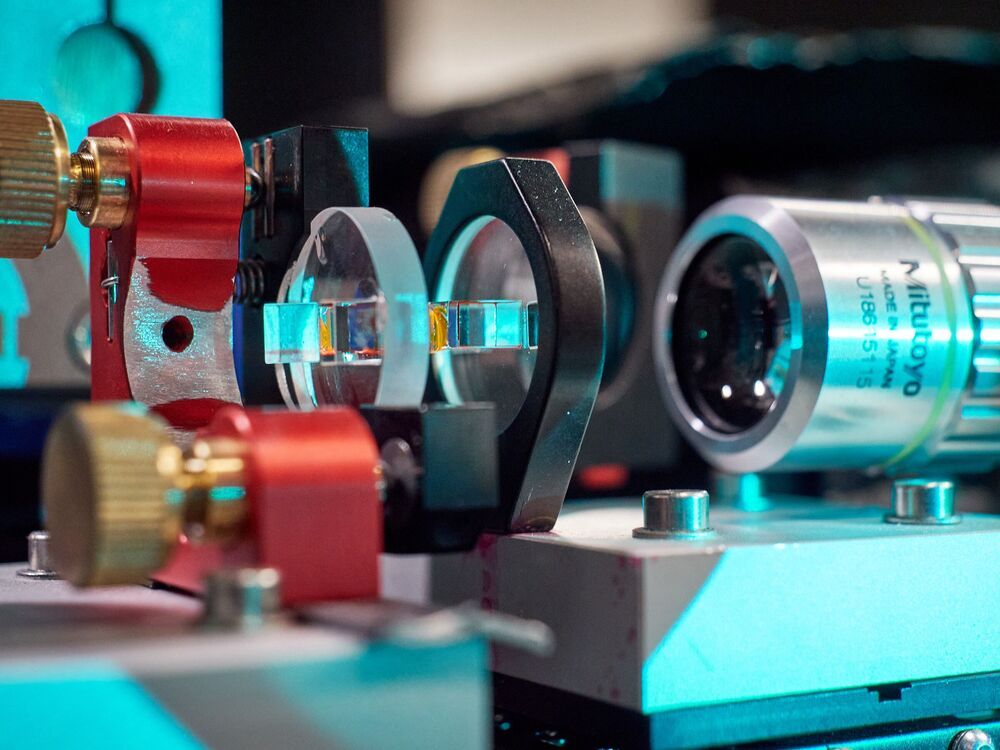Apr 2, 2021
The first non-invasive biomarker to track and verify efficacy of senolytic drugs
Posted by Kevin Huang in categories: biotech/medical, life extension, neuroscience
Buck Institute researchers have discovered and are developing a novel, non-invasive biomarker test that can be used to measure and track performance of senolytics: a class of drugs that selectively eliminate senescent cells. The discovery is expected to play a major role in efforts to develop treatments that would battle a myriad of chronic age-related conditions that range from arthritis to lung disease to Alzheimer’s disease and glaucoma. This biomarker is a unique signaling lipid metabolite, normally exclusively intracellular, but is released when senescent cells are forced to die. This metabolite is detectible in blood and urine, making non-invasive testing possible. With a growing list of senolytic drugs in development, detecting this metabolite via a companion test could verify performance of senolytic candidates.
“The list of age-related diseases definitively linked to cellular senescence keeps growing, as does the number of biotech companies racing to develop drugs to eliminate senescent cells,” said Buck professor Judith Campisi, Ph.D., senior scientist on the study. “While the field has never been more promising, the lack of a simple biomarker to measure and track efficacy of these treatments has been a hindrance to progress. We are excited to bring this new biomarker to the field and look forward to it being used in the clinic.”


















